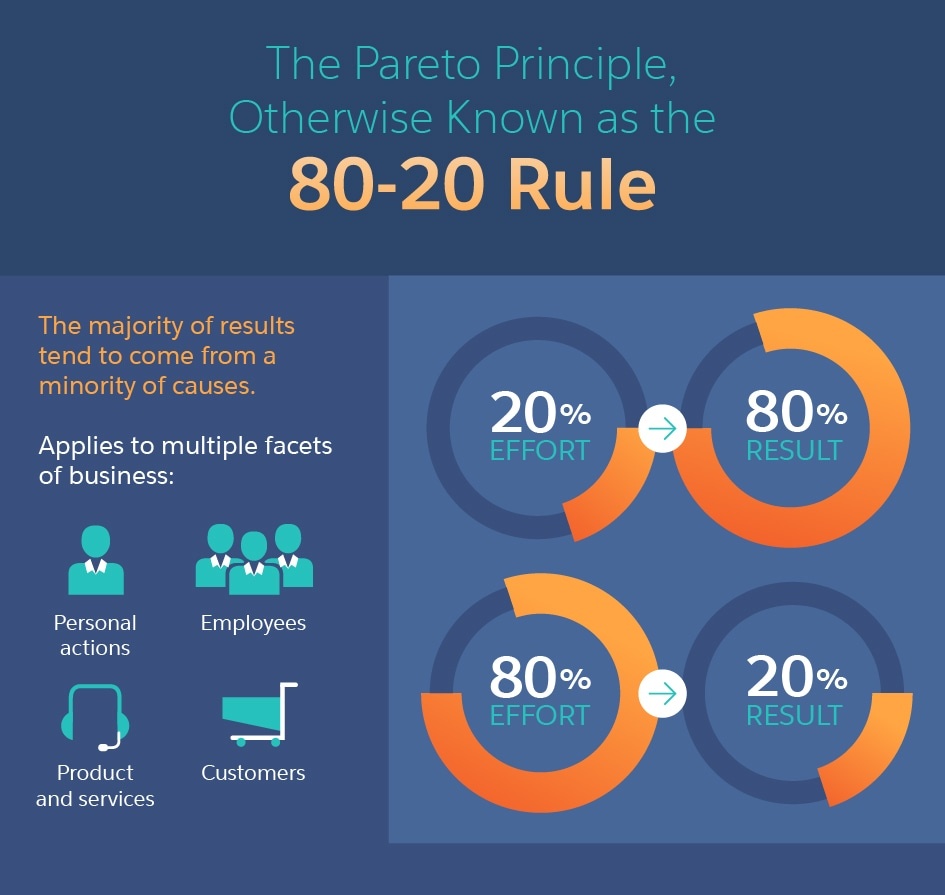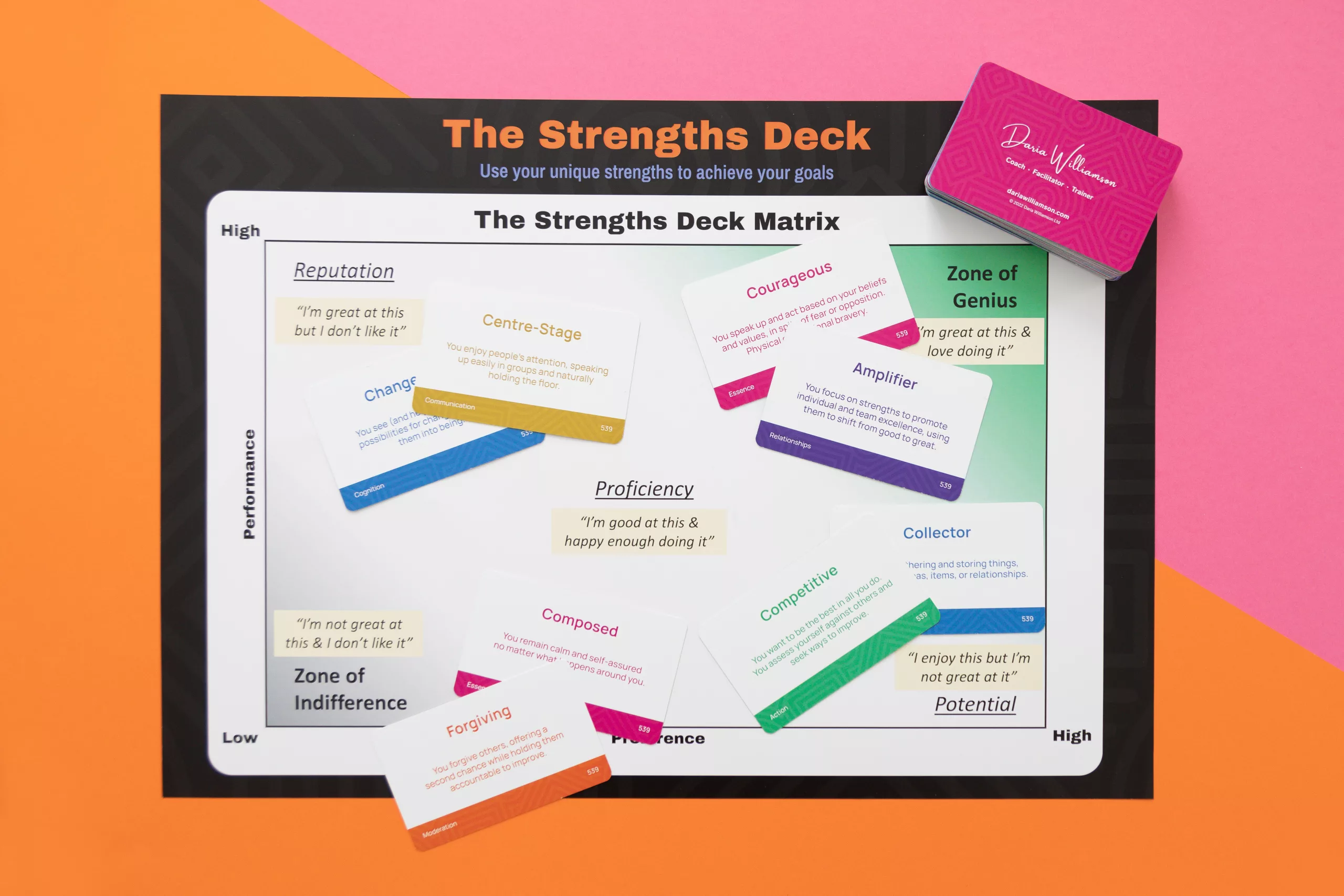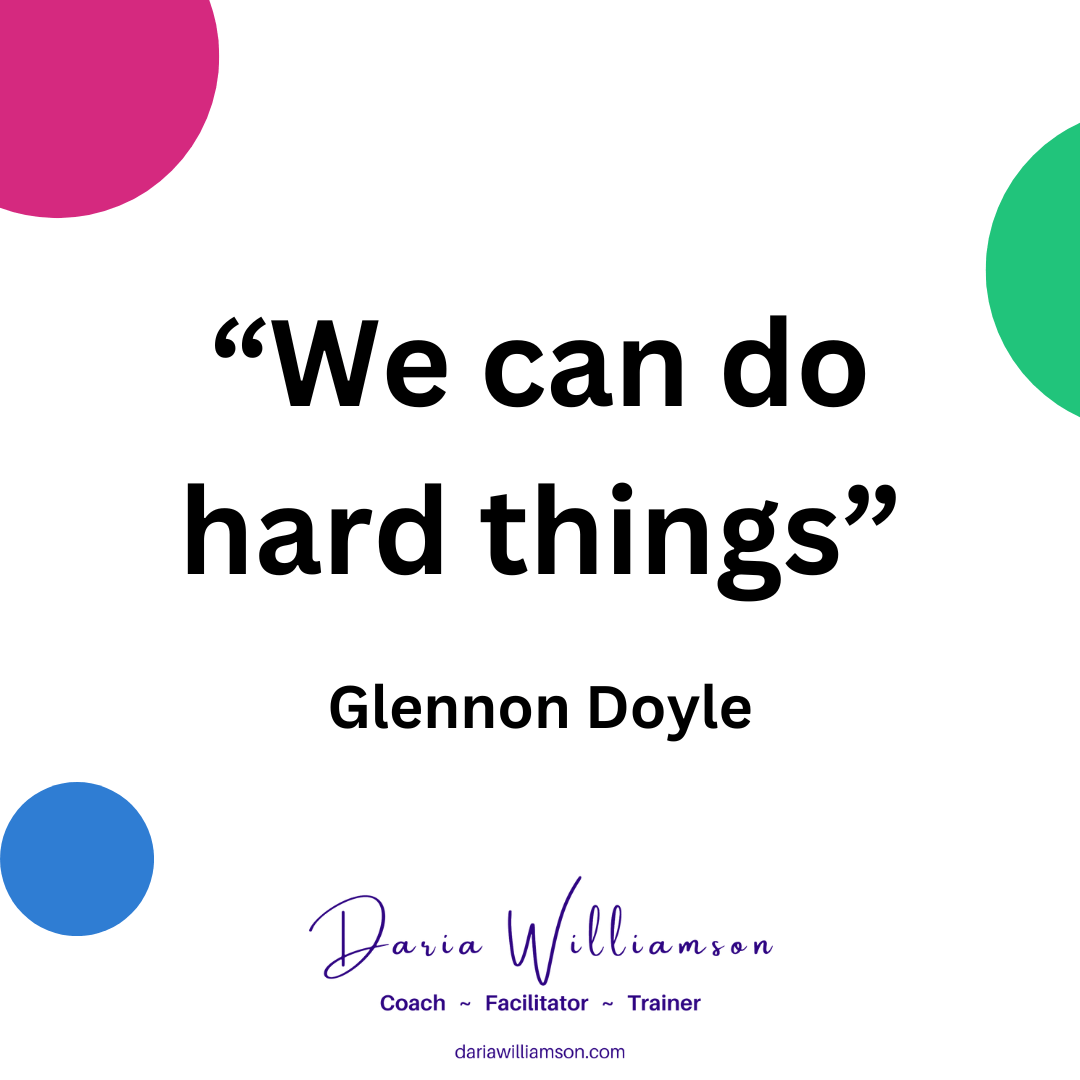
Once upon a time, “Multitasker Extraordinaire” was the big, shiny badge we all wanted to wear. We thought we could be super-human, combining conference calls with writing a report while reading some juicy online gossip. Or watching TV while spending “quality time” with our family. And now add smartphones to the mix… and we can’t seem to work out why we’re exhausted, unable to focus, and not getting enough done (whatever “enough” might be!).
If the massive advances in neuroscience in recent years have taught us anything, it’s that our brains are powerful enough to manage millions of bits of information every day, but they cannot multitask. The idea of multitasking as a shortcut to productivity is a myth. Our brains simply cannot focus on two things at the same time.
What is multitasking?
Multitasking is when we attempt to perform two complex cognitive activities at the same time, like reading something on our phones while listening to someone talking. Automatic physical actions (such as chewing gum or tapping your foot) don’t count as a “task” for multitasking, because we don’t have to think about them – they are instinctual.
Not me! I can multitask!
As humans, we are really, REALLY good at self-deception. We think “that’s true for everyone else, but it doesn’t apply to me”. But we are usually wrong! Research shows that everyone pays the price for multitasking. So we all have to accept that we can’t do it as well as we think we can.
What’s the impact?
Research conducted by the FAA (Federal Aviation Administration) and the University of Michigan showed that all types of task-switching caused time loss and errors, and the more complex the tasks, the greater the costs. Joseph Lou’s research echoed these findings, confirming that task-switching costs (time and errors) occur for all ages and genders (although women and those aged 22-25 were slightly quicker with slightly fewer errors).
Task-switching time loss ranges from half a second for simple tasks to 1.5 seconds for complex tasks (this is the time loss between actions, not for full engagement of focus). Losing only half to one-and-a-half seconds might seem insignificant. But a mere half-second can make a critical difference in high-stakes situations like traffic accidents or avoiding errors. And those losses are incurred every time we switch our attention and add up across days, months, and years.
In addition to the seconds lost in every switch of tasks, we lose valuable time due to our slow return to full-focus, as our brains need time to catch up with the different rules required by the new task. I call these combined time losses the “task switch dip”.
So, why can’t we multitask?
We all have a “working memory”. It can usually hold 5-7 pieces of information, for a few seconds at a time. (This is why you might repeat a phone number to yourself until you can write it down or type it into your phone). When we attempt to multitask, our brains rapidly move information in and out of our working memory. This results in delays in switching, and the possibility of “losing” information during the switches.

Switching burns our brain fuel much more rapidly than single-tasking, leaving us feeling tired and less able to tackle complex tasks. There is even some evidence that more frequent switching behaviour is associated with reduced cognitive performance and socio-emotional control.
We do a lot of task-switching
Did you know?
- The time between interruptions in some offices can be as little as 1 minute and 15 seconds
- It can take up to 25 minutes to properly resume a task after an interruption
- On average, people check their phone 150 times a day
- Our pre-frontal cortex is wired for novelty, so we are easily distracted by new/different tasks
- A dopamine feedback loop gives us a chemical reward each time we allow ourselves to be distracted. This increases the likelihood that we’ll allow further distractions because they feel good
In addition, 92% of people say they have multitasked in a meeting; and 41% say they do it often or all the time.
The costs of multitasking
- You are more likely to make errors while task-switching than when you complete tasks one at a time
- Up to 40% of your day can be lost to the “task switch dip”
- Multitasking increases the overall time taken to complete a task by up to 50% compared to single-tasking
- You take in less information, understand it less, and recall less at a later stage when multitasking. (Remember all that information in those meetings you’ve forgotten?)
- Heavy task-switching can reduce your working IQ by 15 points (three times greater than the effect of cannabis!)
- Task-switching consumes large amounts of energy, leaving us depleted until our body can create new fuel. This reduces our ability to be present and engaged, causing us to miss out on full enjoyment of our lives
Single-tasking and laser-focus
The good news is that we can let go of the myth of multitasking, develop the skill of single-tasking, and experience the benefits of laser-focus. Not only will we get more done, but we’ll reduce the “load” on our brains. We’ll have more energy, despite working faster and more accurately. And we’ll unleash our capacity for enjoying friends and family, exercising, hobbies, and all the other things we want to do in life.
There are several tried-and-true principles that can help:
Figure out *your* 80/20
The Pareto principle suggests that 80% of our results come from 20% of our efforts. Use this principle to your advantage by working out where you get the most “bang for your buck”. Analyse which activities lead you to the results you desire, then concentrate your efforts there. They won’t always be the most enjoyable tasks, but if they’re taking you where you want to go, they deserve to be prioritised.

Source: Salesforce
Know your chronotype
We all have a chronotype – larks are early risers, owls get their boost as the sun goes down, and “third birds” do their best work in the middle of the day. Use your chronotype to your advantage, and schedule complex and high-value tasks during your peak hours.
You might be fortunate enough to be able to delegate or hire out some of your 20%. Think about how Uber Eats has eliminated the need to leave your house to get takeaways!
Your 80/20 will be unique to you, and that’s a beautiful thing. You might find that some of your 80% is other people’s 20%. That’s a pretty good foundation for a side-hustle, if not an entire business!
Get into batch processing
Lean experts might argue this one from a flow perspective, but our brains work best in batch processing mode. Assign tasks to specific blocks of time, like responding to emails, writing reports, prepping food, making phone calls, helping kids with homework etc. Use your chronotype to work out when to schedule these blocks (more complex tasks should be done when you feel most energised).
Group similar tasks together. When you do this, your brain gets to work with one set of rules for an extended period.
Some efficiency & productivity experts recommend checking email only one to three times a day. If you can make that work for you, go right ahead! If you’re nervous about missing something vital, set up an auto-response telling people how to contact you for urgent matters (and then only respond immediately to truly urgent matters).
Work your most important tasks first
Making progress on things that are important to us builds a sense of momentum, and helps us feel like we’ve accomplished something worthwhile.
And remember to add some easy tasks, so you get the energy boost from ticking off your list. See my previous post Seven Steps to Turning Your “To-Do” List into an “Achieved” List for more about this.
Set aside regular “Golden Hours”
I developed the concept of Golden Hours when I managed a large contact centre team handling phone calls and investigations. The constant phone calls interrupted their train of thought, making it hard to keep on top of their caseload.

We created two, 1-hour slots each week per person, and they chose what tasks to complete during that time. Some put a flag on their monitor or hung a sign on their chair to signal their Golden Hour. Not only did their productivity, accuracy and work satisfaction rise quickly (and stay high), our customers were happier too.
Two hours is only 5% of a 40-hour workweek. Why not set up a month-long “Golden Hours” trial for yourself and/or your team? I bet you’ll fall in love with the concept within a week or two!
Build blank spaces into your routine

Source: Blank Space Art Gallery
Have you ever had a flash of inspiration in the shower, or while doing a “boring” activity like washing the dishes, or going for a walk? This gives your pre-frontal cortex “blank space” to roam through all the information, problems, and ideas in your brain. When it gets space like this, it makes leaps to connect seemingly diverse points.
Task-switching creates so much “noise” that our minds don’t get a chance to wander. Deliberately building in blank spaces quiets this noise. But make sure you stay away from Facebook, Instagram and the news – these activities will only fracture your attention further. Instead, do things you don’t need to think about. Stare out the window, fold laundry, listen to your favourite music, tidy your desk, or make a cup of tea. Then let your mind wander wherever it wants to go. Have a notebook handy to note down flashes of inspiration along the way.
Notice and recalibrate
The first step to changing behaviour is becoming conscious of it. Whatever you do, don’t beat yourself up when you realise you’re trying to multitask! Just notice that you’ve been lured back into the myth of multitasking, and then select one task to work on. If the task feels too big to complete in one go, try using the Pomodoro technique. I find it really useful when I’m doing a lot of reading or writing because it builds in breaks so I can refresh my focus.

And schedule a time to disconnect from all your task-switching demands. Select a specific length of time, then switch off your email, phone, TV etc during that time. Choose a slow task (e.g. read a book you enjoy, go for a walk, meditate), and put 100% focus into that task. You might find that an hour of recalibration time each week is enough. Or you might need a holiday to really switch off and slow down. Whatever recalibration you are able to do will pay dividends when you return to “normal life”.
The takeaway
It’s time to stop believing the myth of multitasking and start developing your laser focus. Single-tasking is better for your health, happiness, and productivity, and will free up your energy so that you can fully enjoy life.

Sources not directly referenced in the text:





